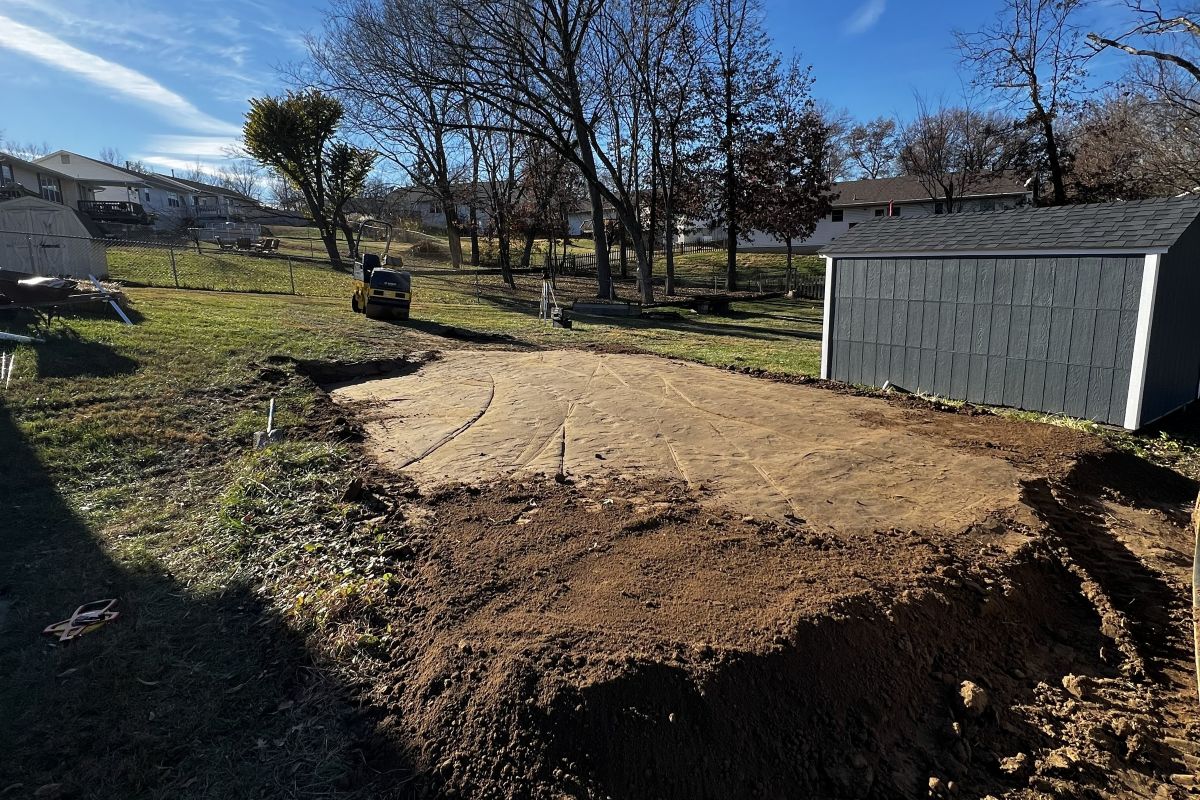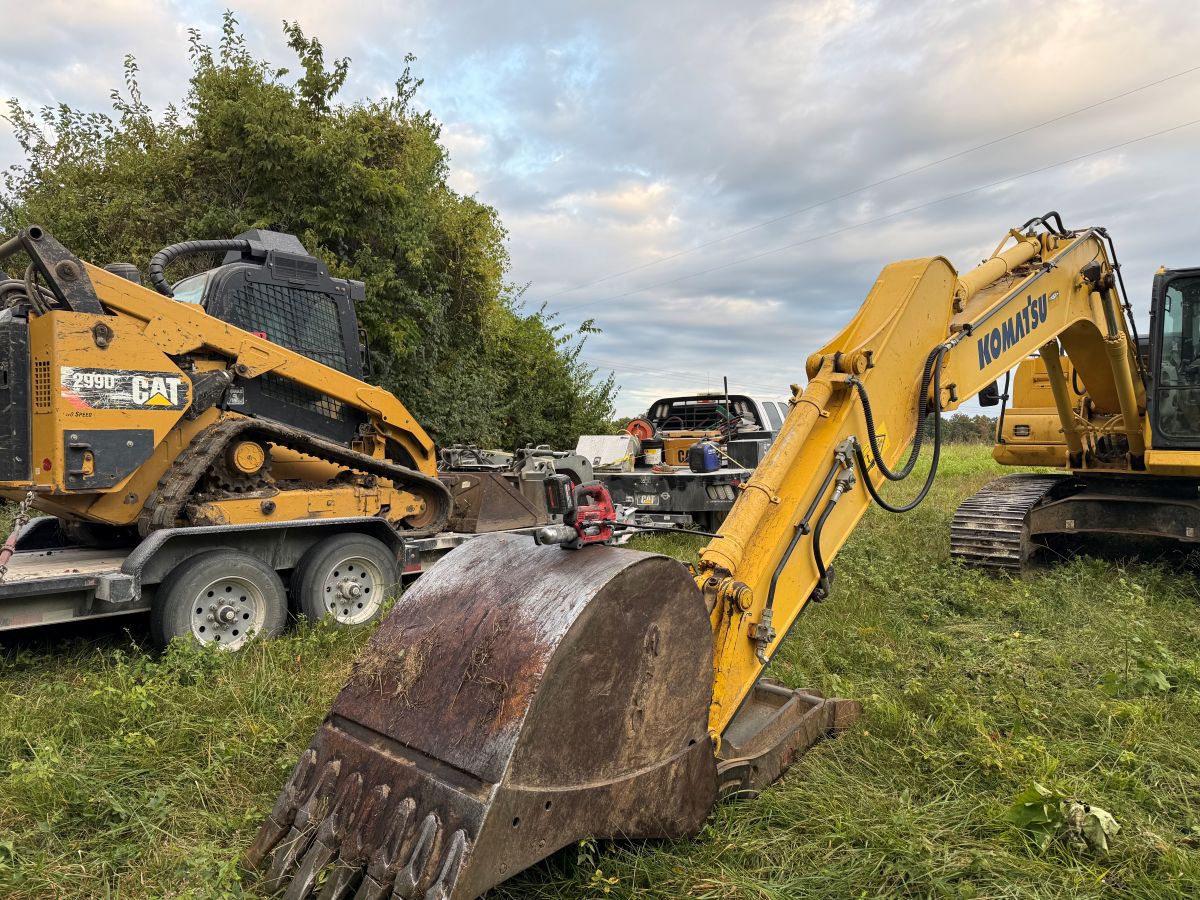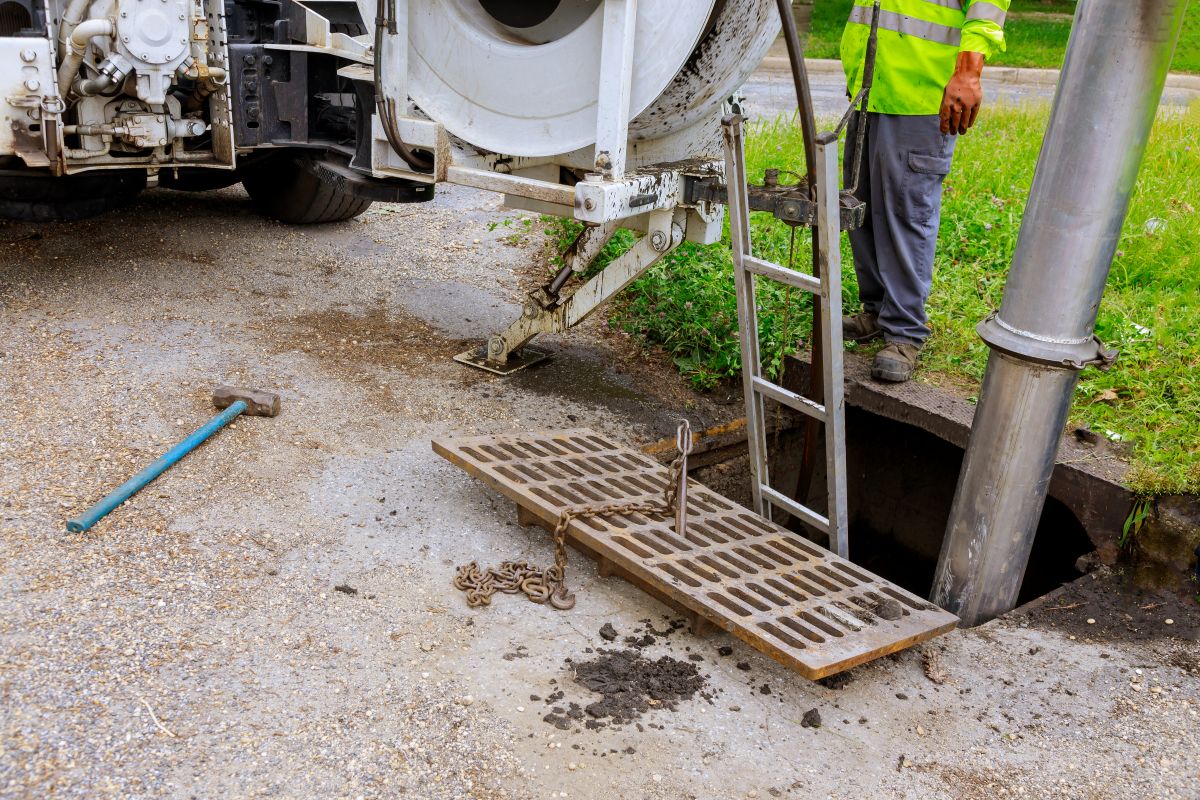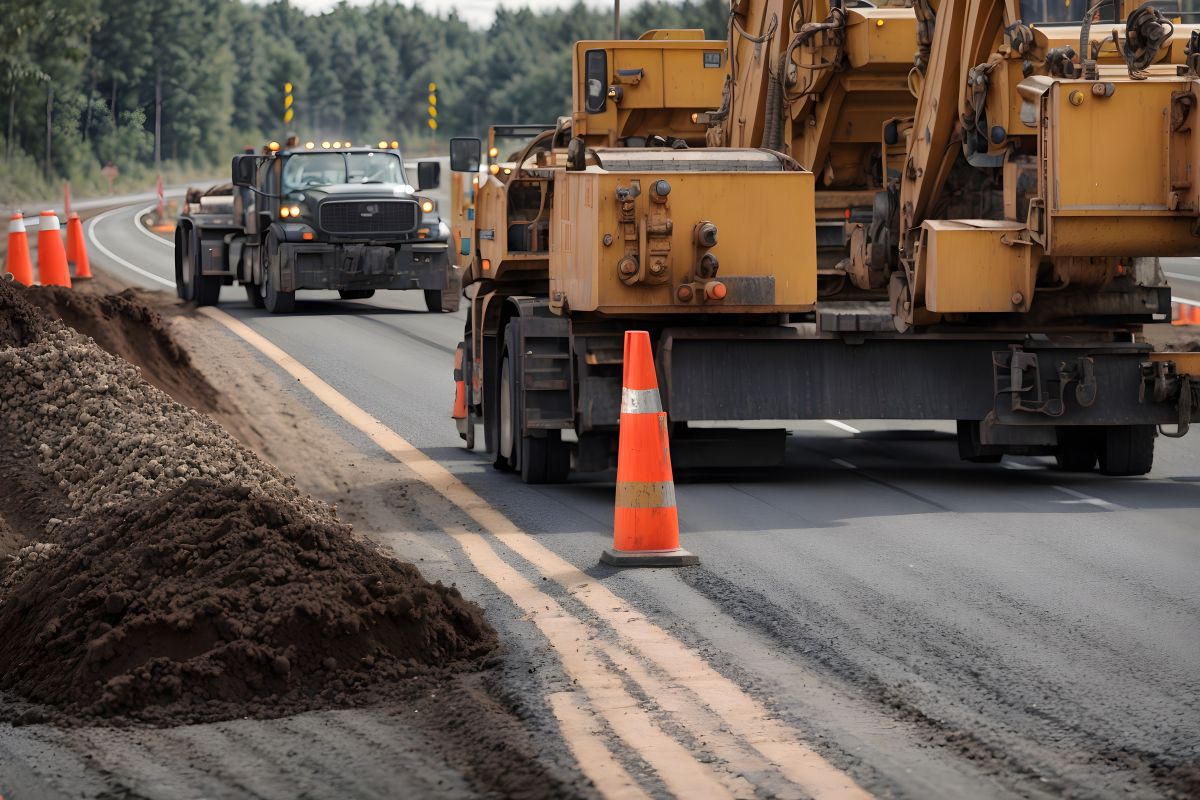Grass Seed Spreading — Fast Germination and Even Coverage
What this service includes
We handle everything needed for a successful lawn start or renovation. That includes soil assessment and light conditioning, final grading for smooth mowing and proper drainage, seed selection, precise application at the correct pounds per thousand square feet, starter fertilizer, and protection that keeps seed in place during the critical first weeks. On slopes or high traffic areas we install straw mulch or erosion control blankets to prevent washout and to hold moisture at the surface.
Where grass seeding makes the biggest impact
- New lawns on new builds or after hardscape projects
- Lawn renovations where thinning grass needs a full reset
- Slopes and ditches that require erosion smart coverage
- Acreage and utility corridors where hydroseed or broadcast methods save time
- High wear zones such as play areas that need resilient turf varieties
Our step by step process
- Site walk and plan
We measure areas, note shade patterns, irrigation coverage, soil texture, and any drainage issues. If water collects near structures, we add subtle grades so runoff moves away from foundations and hard surfaces. - Seed selection
We choose blends that fit your sunlight and traffic. Examples include turf type tall fescue for durability and heat tolerance, bluegrass for fine texture and recovery, or specialty mixes for shade or quick germination. - Soil prep and fine grading
We loosen crusted soil, integrate a light layer of screened topsoil if needed, and grade for a smooth, even surface. Transitions at sidewalks and drives are feathered so mowing is easy and clean. - Fertilize and seed application
A starter fertilizer supports early root growth. Seed is applied at the correct rate using a broadcast spreader or slice seeder depending on the site. Over application wastes product and leads to weak plants. Under application creates bare streaks. We target the sweet spot for dense coverage. - Protection and moisture management
We apply clean straw mulch, hydromulch, or install erosion control blankets on slopes. This protects the seedbed from rain impact, retains moisture, and limits washouts. - First watering and care guidance
We lightly water to settle seed and provide a simple schedule. You get clear instructions for the first two weeks, first mow, and the timing for fertilizer and overseeding.
Materials and methods that help seed succeed
- Screened topsoil to correct thin or compacted areas without sealing the surface
- Starter fertilizer with a balanced nutrient profile for early root development
- Quality seed with high germination rates and minimal inert matter
- Mulch or erosion control blankets to stabilize slopes and hold moisture
- Slice seeding where existing turf needs renovation without full tilling
Drainage and grading considerations
A lawn that holds water will fail during heavy weather. We set gentle slopes that move water off the yard and away from structures. In long yards, a shallow swale can guide water to a safe outlet. Correct drainage prevents mud, protects hardscapes, and keeps roots healthy.
Finishing for a clean, professional look
Edges along walks, drives, and beds are raked straight. Thin areas are touched up before we leave. If you plan to install sod in select areas and seed in others, we set those transitions so heights match and the yard looks consistent.
Pricing and schedule clarity
Your estimate lists square footage, seed type, application rate, mulch type, and any erosion blanket or topsoil allowances. Weather and water availability affect timing. We schedule during planting windows that give the lawn the best start and we will adjust if a storm would harm the seedbed.
Simple care plan after we finish
- Watering: Light and frequent for germination, then shift to deeper, less frequent watering to train roots
- First mow: When blades reach about 3 to 4 inches, cut to 3 inches with a sharp blade and remove no more than one third of height
- Traffic: Minimize for the first few weeks. Use boards or temporary paths if you must cross the area
- Fertilizer: Follow up with a balanced fertilizer after the lawn is established
- Overseeding: Touch up any thin areas during the first fall to lock in density
Why choose Mr. G’s for grass seed spreading
- Right seed and right rate for your site conditions
- Smooth grades and smart drainage that help turf thrive
- Erosion aware methods to protect seed until roots hold
- Clean, careful execution and clear maintenance guidance
FAQs: Grass Seed Spreading
When is the best time to seed my lawn
In our region, early fall and spring are the best windows. Fall has warm soil and cooler air, which speeds germination and reduces weed pressure. Spring works well if irrigation is available and temperatures are not extreme.
How long until I see results
Most cool season blends begin to sprout within 7 to 14 days with consistent moisture. Full coverage typically develops over 4 to 8 weeks, depending on weather and seed variety.
Do I need irrigation to succeed
Irrigation makes the process easier and more predictable, but it is not strictly required if weather cooperates. Without irrigation, you will need to monitor rainfall closely and may need to hand water to keep the seedbed moist during germination.


.png)


.jpg)
.jpg)
.jpg)






.jpg)


.jpg)
.jpg)
.jpg)

